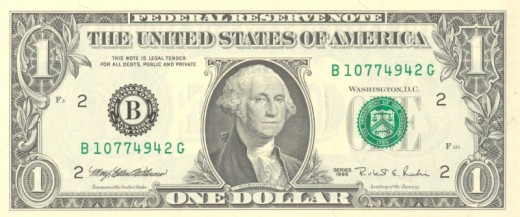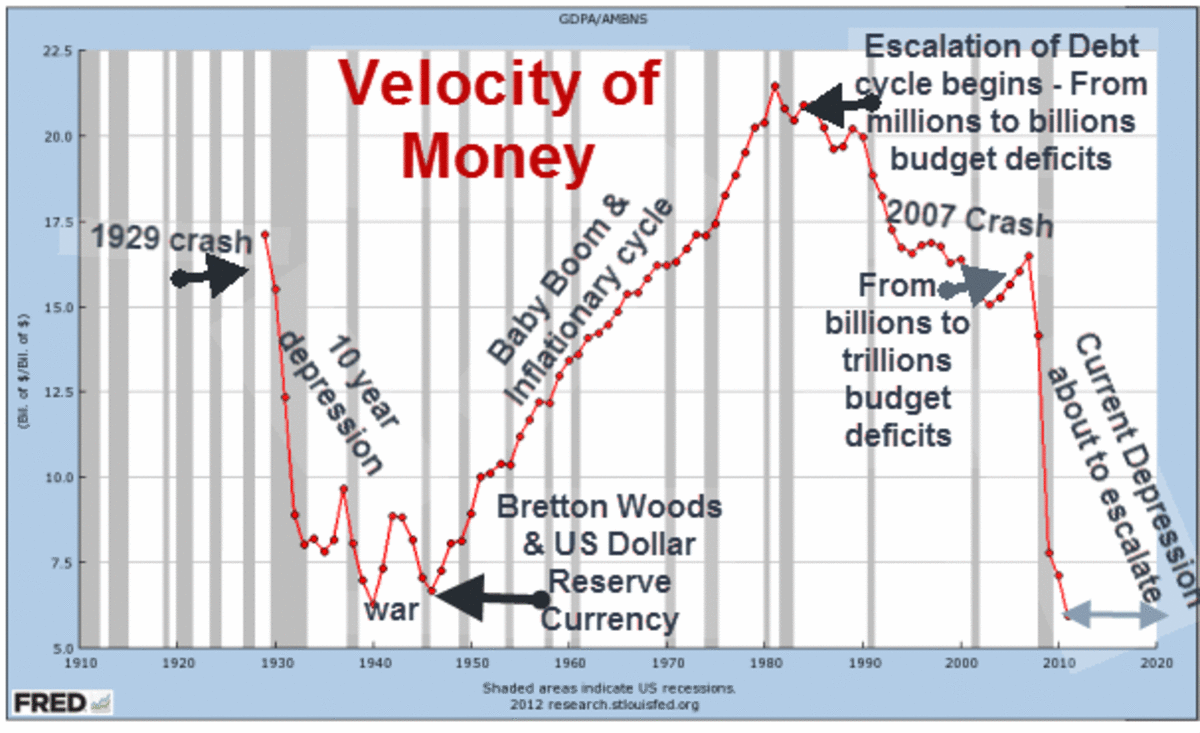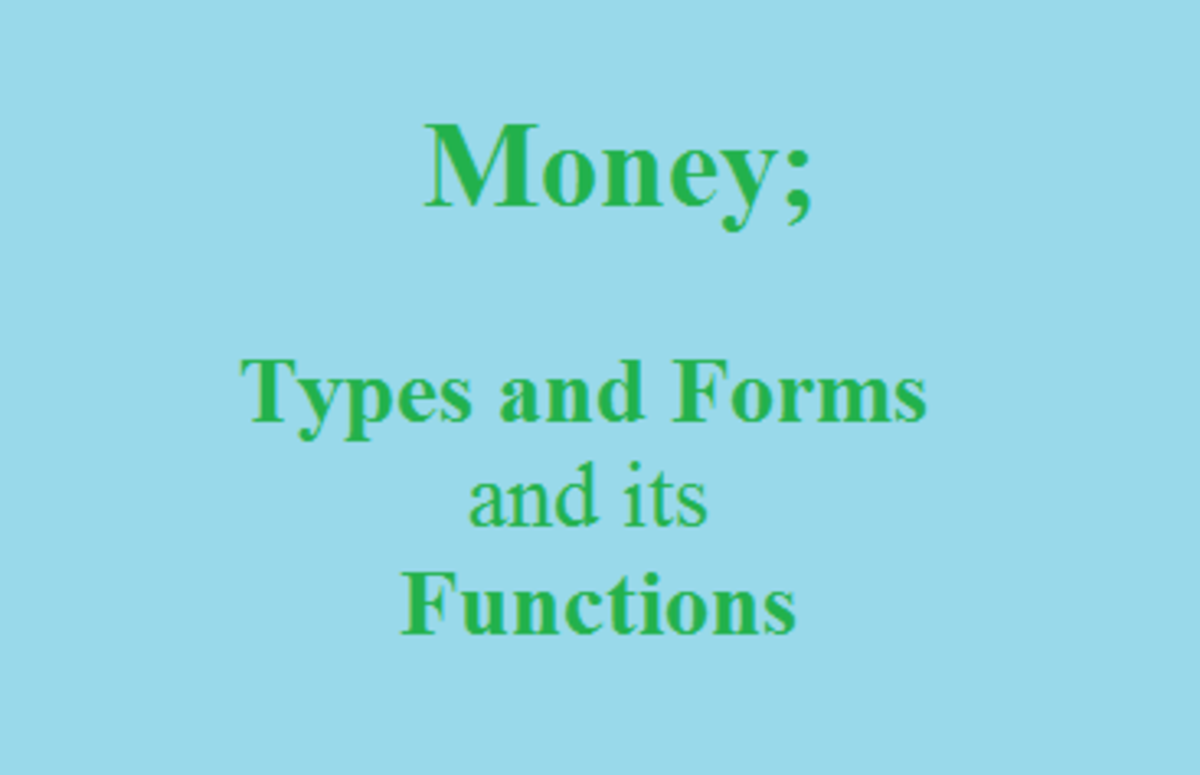Monetary Metamorphosis Mayhem II: From Gold Standard To No Standards

What happened to using gold as money? Well, gold certificates—essentially similar to “gold warehouse” receipts, were widely in use up until the Gold Reserve Act of 1934; which made it illegal for Americans to own gold. This act removed the word gold from Federal Reserve notes and in a furtive kind of way removed intrinsic value from paper money. This was a major economic folly on the part of the U.S. government—as this created a kind of a precursor to the sinister nature of our current monetary mayhem. The adaptation of fiat money as our main currency created a whimsical mockery out of what, back then, was considered a sound monetary system. What this did in the long-term was debase our true monetary potential. If the U.S. was still on the gold standard, there’s strong consensus within economic academia that believe the economy wouldn’t have half the problems it has today. Going off the gold standard was the first of many fatal economic mistakes that “big gov” committed without a scare. Cautionary tales abound, this mistake has returned in the name of our current economic engine breakdown.
It’s now possible for the government to manipulate our money when it damn well pleases. Was this possible to do when our money was based on the gold standard? I think not! It’s a known fact within the doctrines of conventional economics that a commodity based monetary system is quite “macro-economically sound”: any monetary constraint put in place is better than none at all. This said, as a way to place practical constraints against the measures that central banks might otherwise use to respond to economic crises, the gold standard, explicitly, specified how the gold backing would be implemented—this included the amount of specie per currency unit.

Fiat Money And Its Cause For Concern
The money in use today is called fiat money. What’s fiat money? Fiat money is money because the government says that it’s money; thus, a major feature of all fiat money is its ability to be exchanged (to the government) for payment of taxes, fees and miscellaneous charges. Since the creation of money, “big gov” have had its “big hands” all over it. In fact, while President, Abraham Lincoln said that, “money was the creature of law and the creation of the original issue of money should be maintained as an exclusive monopoly of the National Government.” This said, fiat money's value isn’t related to anything intrinsic, like, for example, gold or silver. Its only value is based on the strength of the political economy from where it is used. In theory, fiat money, as a “market facilitating concept” isn’t really a bad idea, it’s just that when you add government into that equation, they tend to screw things up a bit: 1) Government don’t know the real value of any good in a market economy, (that includes our money); And 2) Government tend to distorts the true value of goods in the market place.
Slowly as we progressed through the 20th century, you’ll begin to see this money metamorphosis take place. Under a commodity money system, our money has gone from something of solid value that couldn’t be distorted, to a kind of paper currency system that can be printed at will. Because fiat money has no direct link to any commodity money, in essence, there’s no real economic cost/benefit to it’s over production. Still yet, the value of a fiat money is based solely on a matter of public confidence in the political economy from where it’s issued. For example, if the political economy of a country like Kuwait is stable, then the Kuwait dinar will be very strong. But if the government is corrupted, cronied and down-right dirty, like Zimbabwe, than the Zimbabwe dollar tends to reflect that adverse political economic environment. In his book titled, The Bankers, Martin Mayer (when he mentions what founder father Tom Paine thought about the situation) says the following:
He thought paper money an excellent idea, but would permit only banks—not governments—to issue it. Banknotes would be accepted in the marketplace only if they were backed by a bank’s credible promise to redeem them in “specie”—gold or silver.
What this mean are two things: 1) Government shouldn’t be in the business of creating valueless monies; And 2) Real money is only money if it’s redeemable for some form of commodity (gold, silver, copper, etc.) Anything less than these two economic monetary dogmas will render a financial crisis of an aggressive nature. If you think this is all nonsense, just look down in your wallet, pull out a dollar bill; really examine it, touch it, feel it and smell it: the currency itself is just paper. Since when has paper ever had any intrinsic value? “But we can buy ‘things’ with paper money?” Yeah, sure you can! But what could potentially happen in a long-term down economy is that these same “things” could begin to take more & more monies to purchase them; hence, the idea of fiat money being valueless. Simply put, today’s fiat money is an intrinsically valueless good disguised as real money (medium of exchange, store of value, unit of account, etc) but in reality it’s an imposter.








